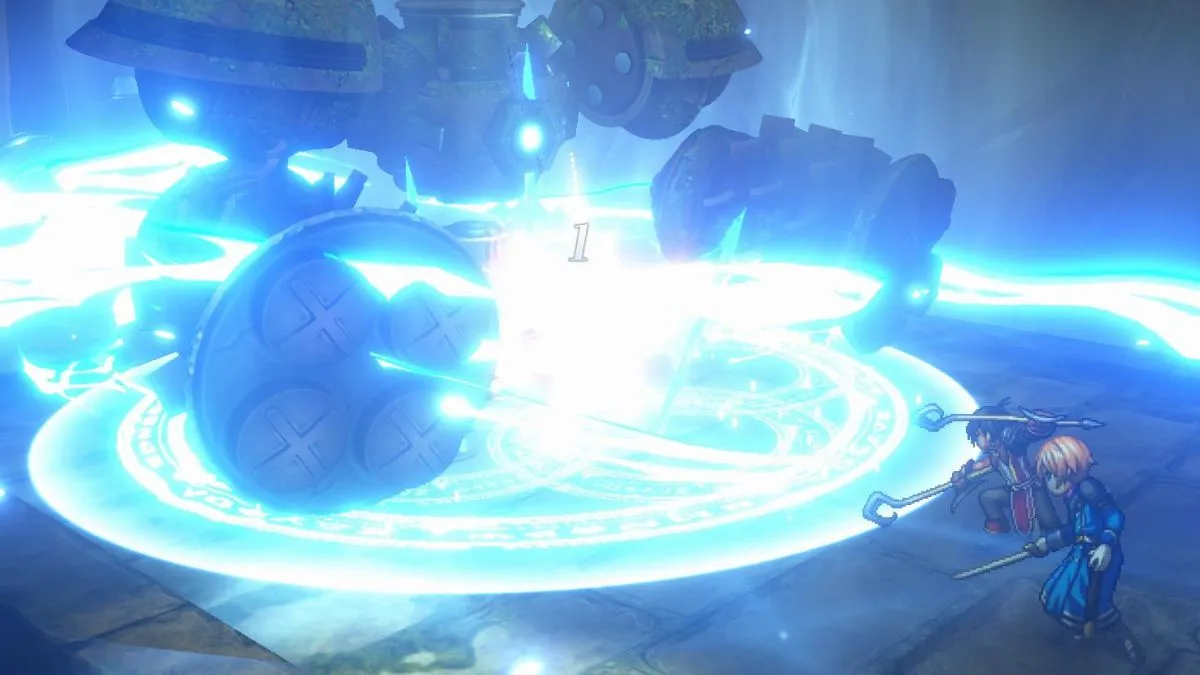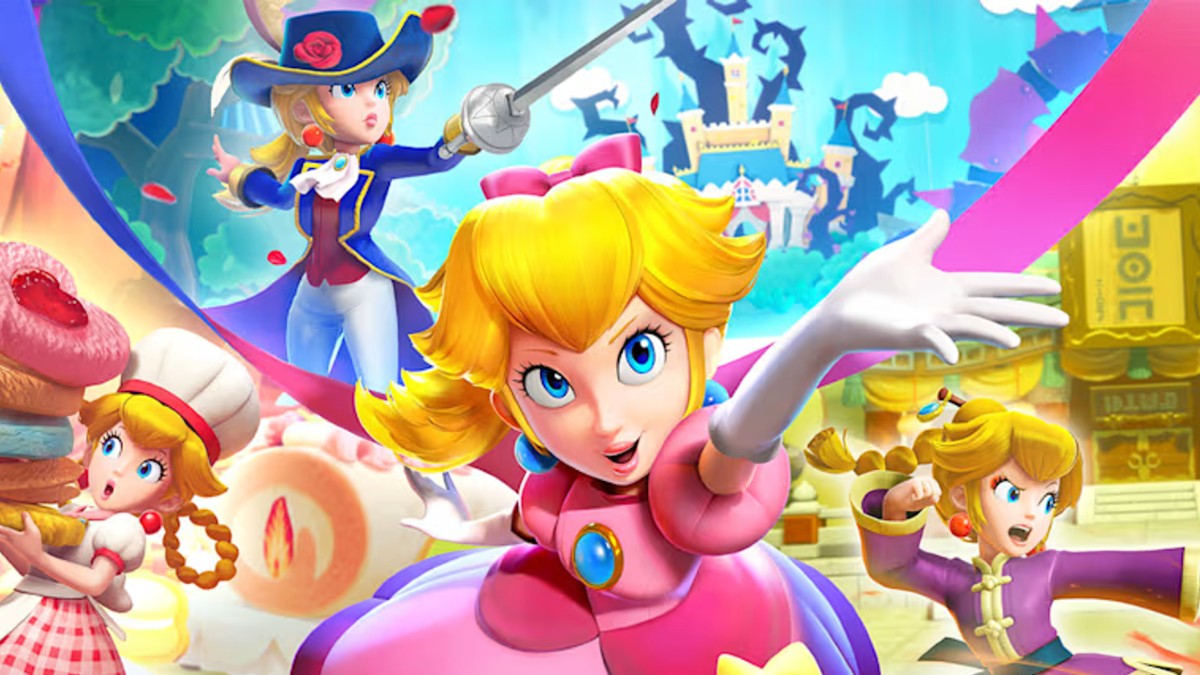Inspired by real-life events involving the New York Times’ Judith Miller and the CIA’s Valerie Plame, the 2008 political thriller Nothing but the Truth is a movie about a newspaper reporter who reveals the identity of an undercover operative. When she refuses to disclose her source to a grand jury convened by a special government prosecutor, she is cited for contempt of court and sent to jail. Steadfast in her belief that talking would violate her journalistic integrity, she remains there for a year before being sent to prison for two more. During this time, she is nominated as a finalist for the highest American honor in her profession, a Pulitzer Prize.
In his will, Joseph Pulitzer funded both the famed awards, which date from 1917, and Columbia University’s Journalism School, the first of its kind in the country. However, he had initially offered the money some time prior to his death in 1911. Even though the amount was millions of dollars, it took the university a number of years to accept, perhaps because he had made it publishing newspapers, the most prominent being the New York World, that were renowned for practicing “yellow journalism,” a style emphasizing sensationalism and exaggeration over the objective reporting of facts or the presentation of incisive, penetrating commentary.
Nearly a century later, I wonder what Joseph Pulitzer would think about the current state of game journalism. Is it more likely he would he be looking at those of us who work in this field for potential prizewinners, or for writers to staff his papers as they fight to pull readers away from the competition?

When I look at my profession, including my own work, it’s not difficult to come up with pointed questions. What isn’t easy is finding fully satisfactory answers. A number of my concerns involve previews and reviews. Most publications emphasize them, often heavily. The main reason is obvious. They’re popular, which means people buy magazines and visit websites in order to read them. That said, is it possible there are too many in total and not enough that truly stand out? And how helpful are they?
Turning to reviews, I wonder how well the “system” serves the interests of the entire gamer audience. For example, how journalistically sound is it to base a review on a pre-release copy in order to publish at time of shipment? Even if it’s gold code, what if a patch is already available when the game arrives at retail? Saying the review covers what’s in the box is a defense, but it just doesn’t feel completely valid or satisfactory when I’ve played the patched version. In a broader sense, I also question whether tight deadlines can affect depth and quality.
Also, some important topics can get short shrift. For instance, community is clearly a critical element of any MMOG, but reviews may not even mention it, never mind discuss it in a manner reflecting its significance. In this same genre, reviewers typically only play one character class and may barely touch on other elements like crafting. As for my other favorite genre, RPGs, replayability is impossible to comment on knowledgeably when meeting a deadline precludes thoroughly playing different characters or factions and trying various strategies.
The importance widely attached to review scores also causes me some uneasiness. Since my goal is to determine which games I’m likely to enjoy and how much, numbers aren’t that meaningful. Yes, I’m more likely to enjoy one rated 8.5 than 5.0, but when the difference is smaller, say one or less, it really doesn’t help at all. I’ve played quite a few games I’d rate at least that much higher since my values as a player differ from reviewers’ weightings. Their numbers weren’t “wrong” in any absolute sense. However, they also weren’t “right,” at least not for me.
When I doff my editor’s hat to read a preview as a potential player, what I want most is to be able to gauge how well the game in question will fit my personal tastes and play preferences. Since I already know what I tend to enjoy, what I want is enough information so I can judge reliably whether I’m likely to have fun playing it, and how much.
Unfortunately, previews can leave me less than fully satisfied. One reason is that they can be based on demo sessions as short as 15 minutes, especially during trade shows. Some are longer, up to several hours, but they’re less common, and even then, an individual writer might only stay an hour or so. That might be enough time to produce a half-decent piece on the single-player portion of a shooter. But even though I’m not a hardcore fan of that particular genre, I play at least as much multiplayer – and I usually consider it the more important mode. So when previews focus on single-player, which isn’t unusual, they tend not to provide the balance of information I want. The same can happen with RTSs, and the issue is exacerbated with MMOGs.

Such time constraints can also encourage an over-emphasis on graphics. Don’t get me wrong: I appreciate art and visuals in general. I’ve even had a part-time fine art consulting business for longer than I’ve written about games. But I believe graphics are an enhancement. They can contribute to greater overall enjoyment, but they have never represented the difference between my enjoying a game or not. In addition, I value art direction far above the technical side. Frankly, I don’t see much knowledgeable commentary on this topic. Writers too often equate what they like with good art direction, which is too much of a simplification.
Another time-related practice I dislike is the shortcut of describing a game as a mix of others. A statement like “It has Diablo‘s non-stop action plus the Fallout series’ in-depth character development” may seem fine at first glance, but what if I haven’t played them? Or if I wasn’t completely keen on those particular elements?
Looking beyond previews and reviews, more questions arise. For instance, a few titles receive highly disproportionate amounts of space while others are barely visible. I’m not suggesting all games deserve equal exposure. However, neither am I completely happy with the current overall balance. For an example I see daily, consider the free-to-play MMOG sector. It’s huge, with hundreds of titles in service, and may even be the industry’s primary engine of growth at this time. But that would be difficult to discern from reading most game publications.
I’d also like to see more articles of any kind that stand out, that are so insightful, interesting, humorous or otherwise special they make me wish I had thought of and written them. Unfortunately, this happens no more than a few times per year. Neither do I see much where the writing is clearly superior, where precise wording and phrasing produce prose that flows effortlessly. These concerns are very disappointing because I think there are game writers with the knowledge and talent to produce a higher level of journalism. What I see, however, is lots of solid, workmanlike pieces, but few that are truly memorable.
Is this because we, as a profession, don’t set our standards high enough? Are we guilty of aiming at the lowest common denominator? It’s easy to sit back and say we give our readers what they want. Regrettably, that’s a generalization, which means it doesn’t always apply. I also wonder if it’s not a convenient excuse to avoid the tougher task of conceiving and writing pieces that fully showcase our knowledge, talent, individuality and personal perspectives.

I also don’t know how well journalistic practices like checking facts and corroborating information sources are followed. How consistently do we do our research? Do we even aim to write enough articles that require it? Perhaps we too easily allow ourselves to remain stuck in a rut, catering to the masses by doing the same formulaic things year after year. I’m not against giving people what many of them want. However, this does mean we under-serve smaller segments of our audience who want something different.
More than a century has passed since the New York World fought its bitter circulation war against William Randolph Heart’s New York Journal. Both engaged in yellow journalism; some even consider them its co-creators. What’s less clear is whether the two publications’ readers benefited from this style. I’d like to think contemporary game journalism hasn’t fallen to the level they did, and that my profession has higher aspirations than are readily apparent. I wish I could say with confidence that if Joseph Pulitzer were still with us today, he’d be looking for potential prizewinners, not potential writing staff for his newspaper. Is that too much to ask?
Richard Aihoshi has been writing about games since 1996, concentrating almost exclusively on the MMOG and RPG genres. Currently working as a part-time contract editor, a freelance writer and a consultant in the area of strategic market culturalization, he has never referred to himself as a journalist.



